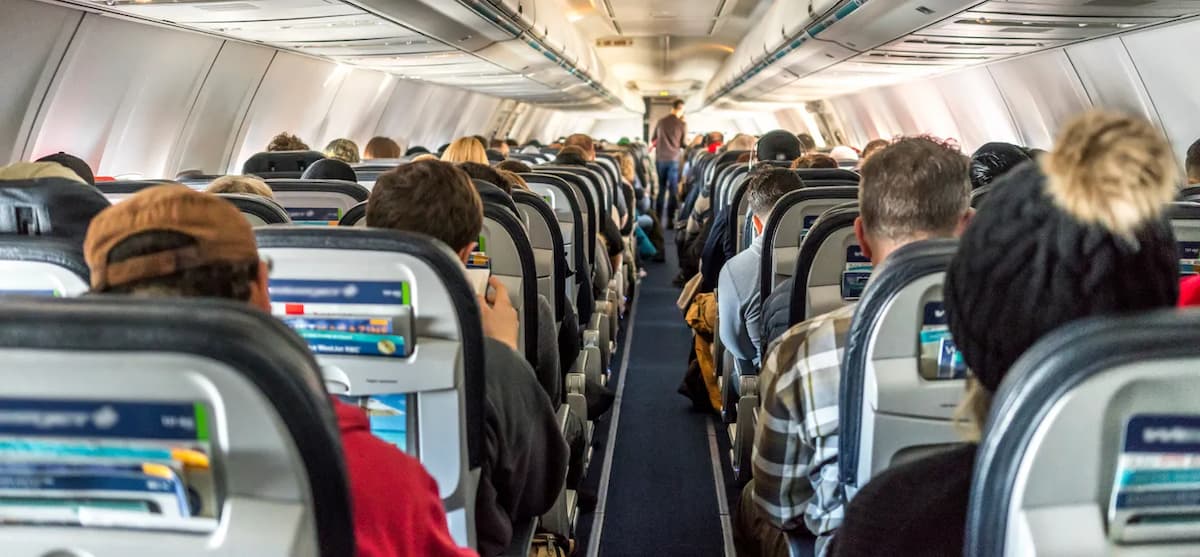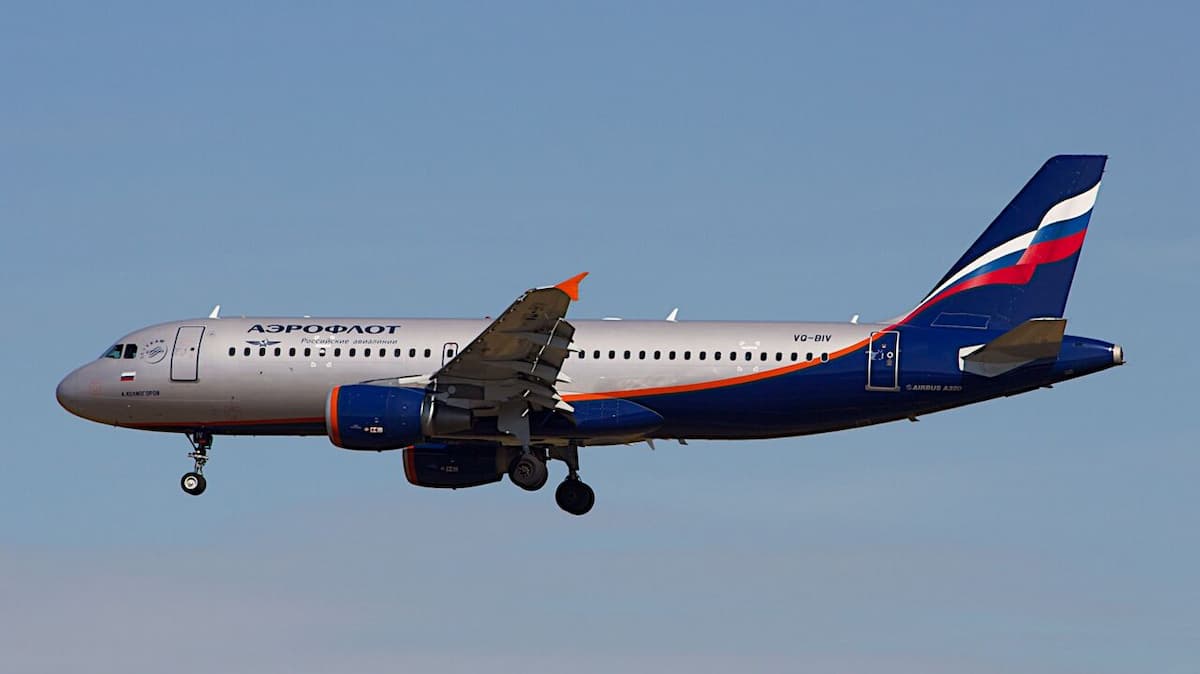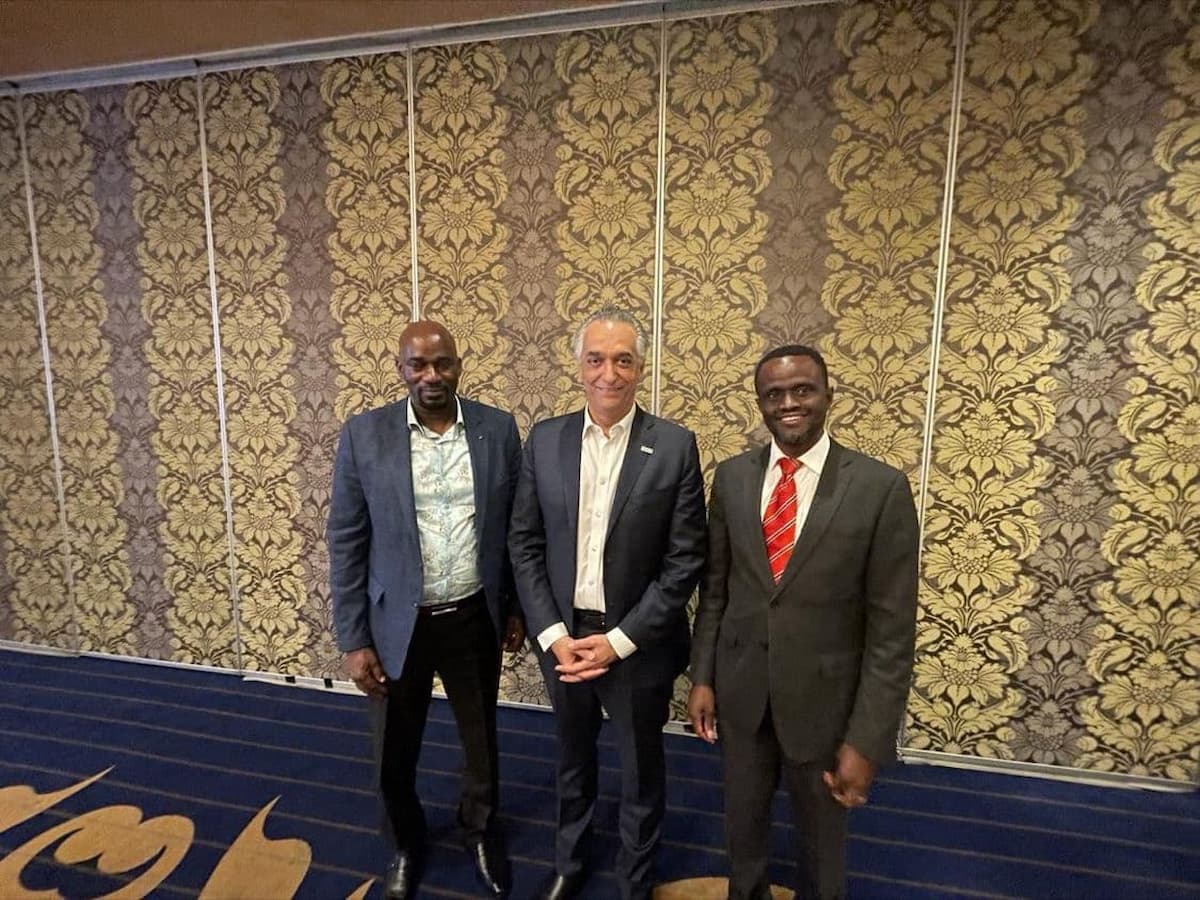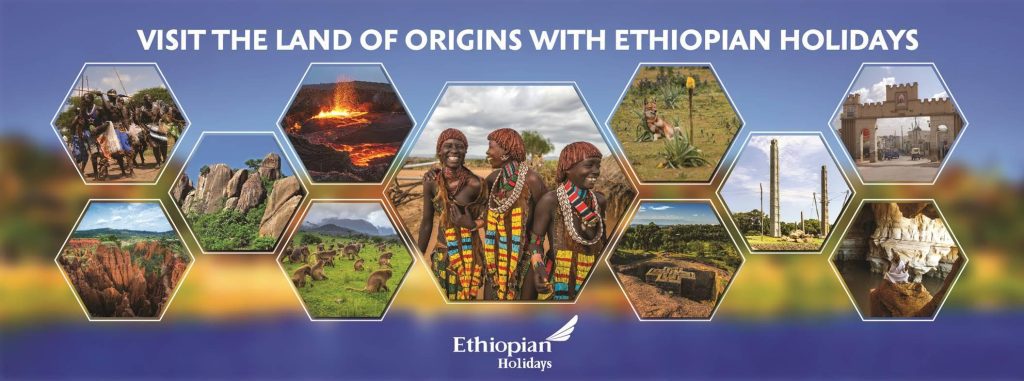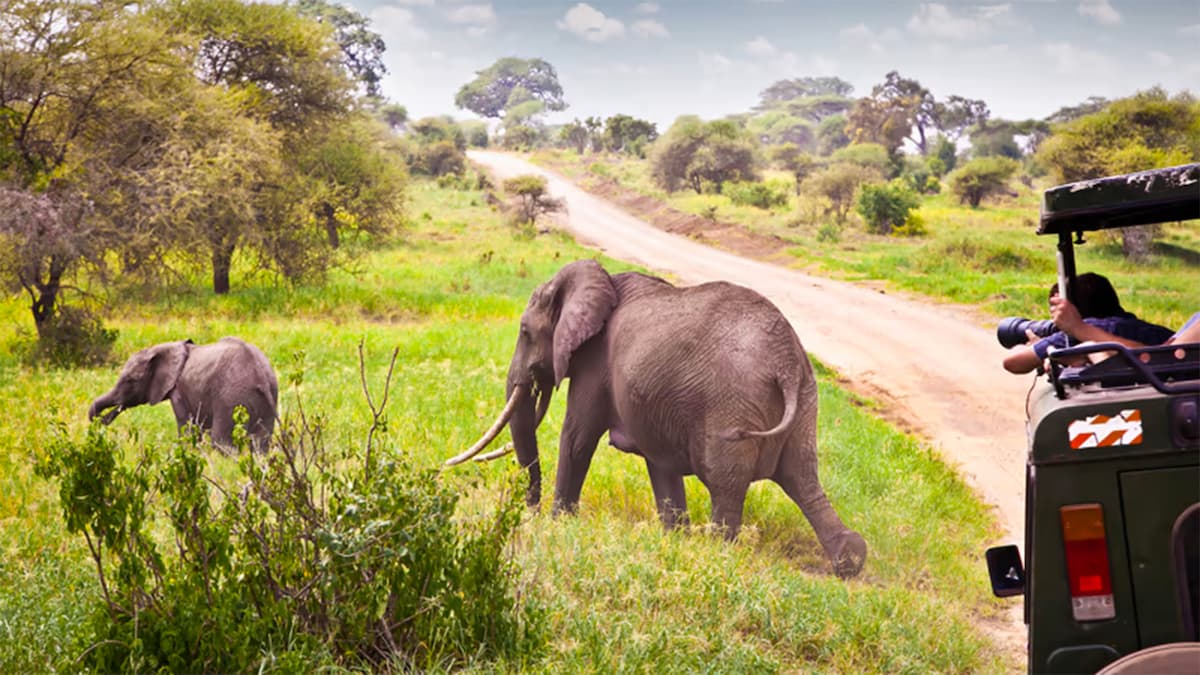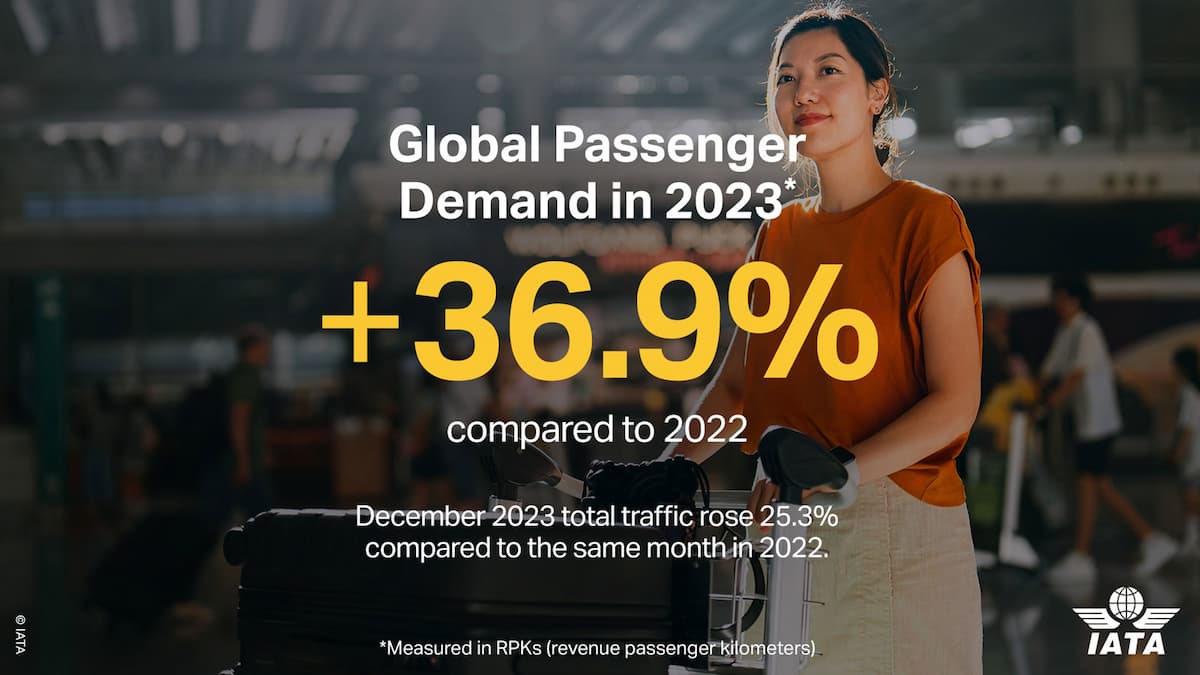A record-breaking 2023 for international passenger traffic at Cape Town International Airport (CTIA) heralded a very positive start to 2024 and all expectations are that growth will continue throughout the year. As we look to build on this impressive achievement, it is vital to take note of the key trends that are expected to shape the aviation industry in 2024.
The race to meet demand
Globally, the air travel industry has made impressive headway in 2023 with many airlines and airports showing robust growth, driven by strong passenger demand, and supported by extensive destination marketing initiatives.
In turn, capacity has struggled to keep up. The shortage of new aircraft has been exacerbated by manufacturers delaying delivery of newer models due to supply chain issues, forcing the industry to turn to leasing companies to fill gaps in the interim.
In addition, the conflicts in Eastern Europe and the Middle East have created global uncertainty with a knock-on effect of increased aviation fuel prices. This has led to carriers becoming more selective when choosing destinations, with a preference for routes with high returning yields. Staff acquisition will remain a challenge in 2024 with higher labour costs and training backlogs putting pressure on airlines and airports alike.
The local air travel industry is not immune to these challenges. For CTIA, the addition of new international and African carriers and routes as well as the returning peak season capacity saw the international terminal achieve record passenger numbers for 2023. Year-on-year growth equalled 48%, with 2.8 million two-way passengers processed, eclipsing the previous benchmark of 2.6 million recorded in 2019.
On the domestic front, year-on-year passenger growth for 2023 stood at 16% and it is expected that incremental capacity additions by the domestic carriers will stimulate growth, despite the expectation that passenger numbers will remain below 2019 levels this year.
Due to the exceptional international terminal growth, we hope to see much-needed infrastructure expansion at CTIA, with an announcement on plans expected soon. Another interesting development in the local aviation space is the recently announced development plans for a privately owned Cape Winelands Airport.
Finally, to make South Africa’s tourism target of 21 million visitors by 2030 a reality, growth and accessibility should be supported by the pending release of the National Aviation Policy by the Department of Transport (DoT).
The hope is therefore that a less restrictive stance on especially international Air Service Agreements will be adopted. These treaty-level agreements outline, for instance, the number of flights that can be operated between countries. Should these agreements remain restricted or outdated, it may lead to stagnation of passenger and cargo flows as well as missed economic growth opportunities for the country.
Promoting the African agenda
The Single African Air Transport Market (SAATM) is a key project of the African Union’s Agenda 2063, which aims to liberalise and unify African skies by promoting increased air travel and economic integration. Notable initiatives rallying behind the project include the International Air Transport Association’s (IATA) Focus Africa initiative and the SAATM Pilot Implementation Project (PIP). The success of SAATM will also be heavily influenced by the African Continental Free Trade Area (AfCFTA).
The Focus Africa initiative aims to promote collaboration, streamline operations, and enhance aviation infrastructure across Africa. Similarly, the PIP allows participating countries to identify challenges, assess feasibility, and fine-tune their regulatory environment. Even with these supporting initiatives, the African aviation sector has struggled to operationalise SAATM, and the African aviation sector has therefore not grown as fast as it could have.
By the end of 2023, 38 out of 54 African countries pledged participation in SAATM, representing more than 80% of Africa’s population. However, more still needs to be done as many issues remain like the absence of Fifth Freedom Traffic Rights between African countries or unnecessary costs and delays in issuing Foreign Operator Permits (FOPs).
However, with the implementation of AfCFTA, the United Nations expects that use of air freight across the continent will nearly double from 2.3 to 4.5 million tonnes per year. The increased use of air freight for intra-African trade across the continent will surely drive the need for a successful SAATM initiative.
As the continent strives for greater air travel integration, addressing accessibility challenges and fostering a spirit of collaboration will be crucial in ensuring the sustained growth and success of SAATM.
Air cargo’s stabilising trajectory
The global air cargo market has experienced a strenuous 2023 as demand flattened while rates and revenues declined throughout most of the year. Adding to the pressure is the continued imbalance in supply and demand with air cargo capacity outstripping volumes, the exact opposite of the passenger market.
According to Accenture, air cargo capacity increased by 7% year-on-year in 2023 whilst volumes stood at negative 10% between January and October 2023. The increase in supply was mainly driven by the return of belly-freight capacity in widebody passenger aircraft, which is set to continue this year.
On the demand side, almost all air trade industries recorded steep volume declines for the first 10 months of 2023 with the only growth experienced in temperature-controlled goods, especially seafood and fruit.
However, towards the end of 2023, both yields and demand saw significant increases in the global air cargo market. According to DHL, the surge can be attributed, in part, to a booming e-commerce sector in Asia and the increased use of air cargo by retailers. This is echoed by Accenture which estimates that global cross-border e-commerce growth reached 40% in 2023 vs 2022, making up 9% of international air trade (up from 6% in 2022). In addition, IATA predicts that air cargo volumes will rise by 4.5% in 2024.
It is expected that the air cargo market will stabilise along with an equilibrium of supply and demand in 2024, However, external factors including global conflict could negatively influence or hamper the growth of the industry. Despite this, the recent diversion of container vessels around Africa could present an opportunity for increased air cargo volumes, in the short term, if businesses choose to avoid long shipping delays.
Closer to home, the congestion experienced at the Port of Cape Town has caused air cargo volumes to increase at CTIA, with many airlines reporting positive increases in air cargo volumes over December and January. Exporters and shippers of high-value fruit and perishables will continue to look for alternatives in 2024 of which air cargo, although more expensive, is a viable option.
Growth is on the horizon for the market however the question remains; is the air cargo supply chain – and the current infrastructure in South Africa – mature enough to absorb and adapt to the budding growth? If not, one might expect some teething issues and steep learning curves which could result in lost opportunities. However, for companies ahead of the curve great growth prospects are available this year.
A shift towards tangible sustainability
Although sustainability has been a hot topic for the better part of three decades, the aviation industry – as a 2% contributor to global carbon emissions – is finding itself under exponential pressure and scrutiny to reduce emissions as we draw nearer to the Net Zero Emissions by 2050 goal.
The biggest intervention to emerge is the introduction of Sustainable Aviation Fuels (SAF), as a replacement for fossil fuels, and airlines are likely to increase their investment in production and usage. Simultaneously, airports are expected to collaborate with energy providers and invest in the necessary facilities for the production, storage, and distribution of SAF.
Establishing a robust SAF infrastructure is crucial for ensuring a steady and scalable supply of eco-friendly fuels. South Africa is well poised to be a potential market leader in this field if enough government and industry support can be garnered.
Sustainable practices in aircraft design and manufacturing are expected to be prioritised. Lightweight materials, advanced aerodynamics, and innovative manufacturing processes will be leveraged to create more fuel-efficient and environmentally friendly aircraft.
Moreover, carriers are examining airport sustainability when planning their network operations. Airlines are likely to prioritise partnerships with airports that demonstrate a commitment to environmentally responsible practices. One key trend shaping the sector in this regard is the accelerated adoption of electric ground-handling vehicles to reduce emissions and noise pollution on airport premises.
Sustainability trends in aviation are grounding the “head in the clouds” perspective, with a greater propensity towards more tangible and cross-cutting solutions. The industry’s commitment to these initiatives reflects a collective effort to address environmental challenges and pave the way for a greener and more sustainable future in aviation.
The transformative effects of innovation
The global aviation sector is undergoing transformational developments, focusing on efficiency, sustainability, and passenger experience. In Africa, innovation is largely driven by critical infrastructure development and increased air connectivity. The integration of airports into urban planning to create more interconnected cities is also taking centre stage.
Digital technologies are increasingly being used in the industry to streamline operations, enhance passenger experiences, and boost efficiency. This includes the use of artificial intelligence (AI), data analytics, and the Internet of Things (IoT). The aviation sector is also advancing with the development of electric aircraft and autonomous flight technology.
African aviation is also embracing digitalisation and e-commerce solutions with airports like Addis Ababa Bole International Airport currently developing the largest e-commerce facility on the continent. It is immensely important for airports and destinations alike to future-proof themselves by adopting international best practices.
The importance of integrated planning when developing existing or new airport infrastructure within city boundaries is of utmost importance to create a sought-after and sustainable destination.
For instance, the “20-minute city” concept aims to create urban centres with all essential services within a 20-minute commute, promoting economic growth and shortening travel times. Major cities are investing in technology and infrastructure to achieve this. The air travel landscape is also reshaping itself by incorporating multimodal transport options, like airports incorporating high-capacity, land-based, public transport options for efficient connectivity within and between cities.
These actions underscore a commitment to creating more connected, sustainable, and economically vibrant aviation and destination ecosystems that benefit both passengers and the communities they serve by implementing the latest innovative technologies.
The global aviation industry in 2024 will be characterised by robust growth and a focus on innovation and sustainability, despite some persistent challenges. Ongoing issues such as infrastructure constraints and supply chain disruptions will become more prominent as efforts to expand capacity and streamline operations remain a key focus. Initiatives like SAATM aim to promote integration and open skies across the African continent while the sustainability agenda drives investments in eco-friendly fuels, aircraft design, and airport infrastructure.
Innovation, a buzzword in every sector, is set to reshape the aviation landscape, promising more efficient and connected travel experiences. If the aviation sector can remain poised in the balancing act of addressing challenges through innovation, then we expect that record-breaking numbers will only continue to climb in the years ahead.
Source: Biz Community


